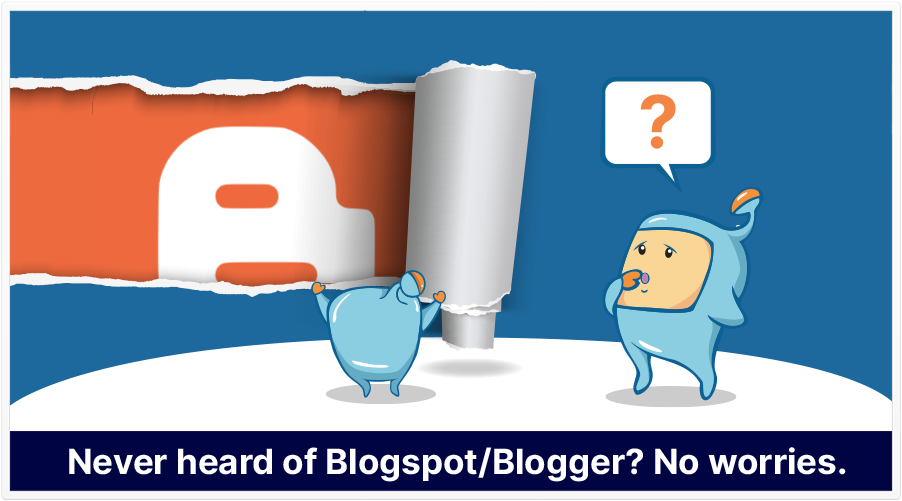
There are dozens (if not hundreds) of potential Web 2.0 properties where you can submit content to. By doing this, you can gain visibility and, hopefully, powerful backlinks for search engine optimization purposes that could help you get search engine ranking.
But, the question is: are some of these more valuable than others?
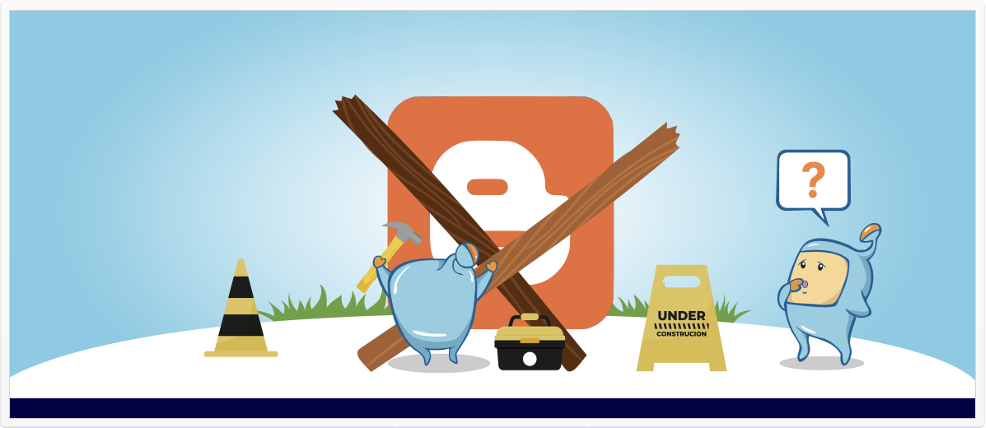
In other words, do some of these Web 2.0 sites have more potential visibility and have more powerful domain authority?
And perhaps even more important: are any of these Web 2.0 properties best avoided?
The response to each of those 3 questions is, “Yes!”
In this article, we will talk about Web 2.0 properties for backlinking, what it is, and which Web 2.0 properties are the best and the ones you should avoid.
Backlinks are links created from a website to another site that is considered by search engines as a positive vote of approval from the site. It is a signal to search engines that the site is vouching for the content of the page. If a lot of sites are linking to the site, search engines read this as valuable content and therefore, is worth showing up in the search results.
This is why a lot of people work on their link building strategy and gaining backlinks to their site as it is a factor that Google relies on when ranking a site. A good link building strategy means using a variety of keywords for anchor text such as your target keyword, keyword variation, long-tail keywords, brand, url links, and also using a variety of sources such as those from authority sites, blogging platforms, social media platforms, private blog network, web 2.0s, and a whole lot more. But as I mentioned earlier, aim to go for high quality link sources in your link building campaign.
Web 2.0s, also known as a participative or social websites, are websites that focuses on user-generated content and allows users to interact and collaborate with each other. Examples of these sites are social networking sites or social media sites like Facebook, Twitter, Instagram, blogs, wiki type sites, video sharing sites such as Youtube, image sharing sites such as Flickr, etc.
Web 2.0s are good backlink sources because they have high authority and trust. However, when creating content and accounts on these platforms, you do not really carry over the authority and your account or content has to start at zero, the good thing with these properties is that they can build page authority fast plus, these are often free link sources that you do not have to spend much on, compared to other backlink sources. These are why building links through web 2.0 platforms have become a great backlink source. However, as I stated earlier, are there so many web 2.0 platforms, how will you know which one to link to that can give you a valuable and effective link, and are there some that should be avoided and could cause a negative effect?
One of the key things that distinguish the SEO Intelligence Agency as a source of SEO knowledge is that we do SEO tests and experiments to see if a certain statement is true or not. We had three tests focusing on web 2.0 properties and determining which are best for SEO and that should be included in you link building tactic.
This was the first test in our The Best Web 2.0s test series. In this test, high domain authority was used as a guide and 10 web 2.0 platforms were chosen. Multiple variables were eliminated in order to see which property was strongest based on the strength of the domain alone. The 10 sites tested are:
Tumblr
WordPress.com
Hubpages
LiveJournal
Zohosites.com
Blogger.com
About.me
Webs.com
Jimdo.com
sites.google.com
In this test, the top 5 sites in order of strength are:
In round two of the Web 2.0 test, we included some lower DA properties, as well as some properties that SEO programs like to promote such as Kinja and Medium. We read in a forum that you could build a Squarespace site for free, so we also put them in the mix. We wanted to see if it would be similar to building a WordPress.com site (it’s not). We also put in Issuu as it is one that we have personally found to be strong.
The platforms tested are:
Issuu
Ghost.org
Academia
Travelpod
Independent
Kinja
Ucoz
Edublogs
Wikidot
Medium
The top 5 in this test are:
In round 3 of our Web 2.0 series of tests, we’ve pitted the winners of round 1 against round 2, as well as added About.me and ucoz, at the request of SIA group members. The final ranking is:
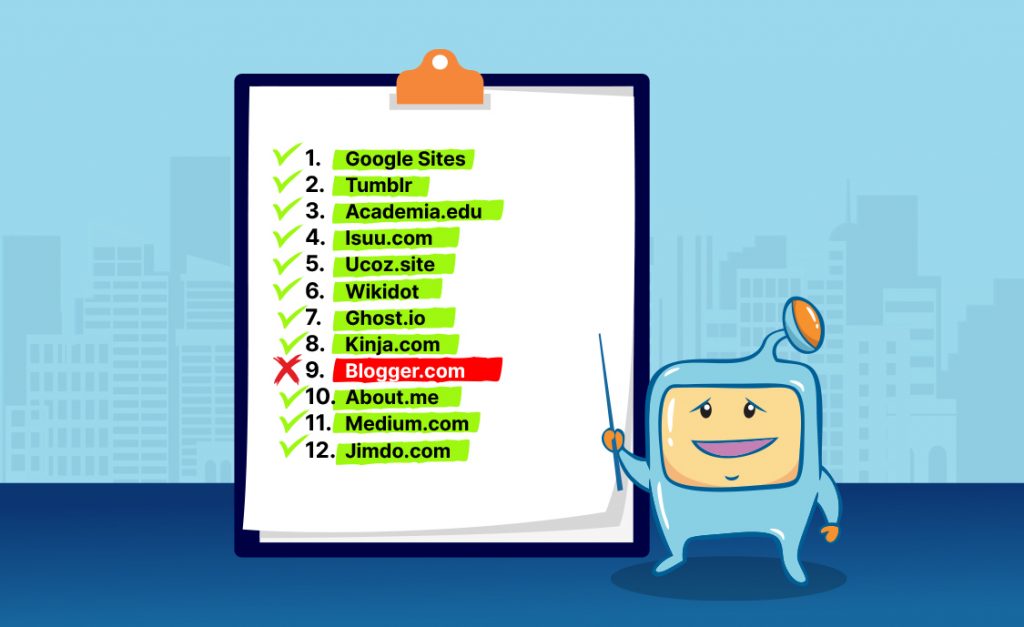
These tests were mostly done in 2016. That said, here’s a summary video from 2021, where our expert and lead SEO, Clint Butler, gives an update on these tests:https://www.youtube.com/embed/4fz2X_TtreA?feature=oembed
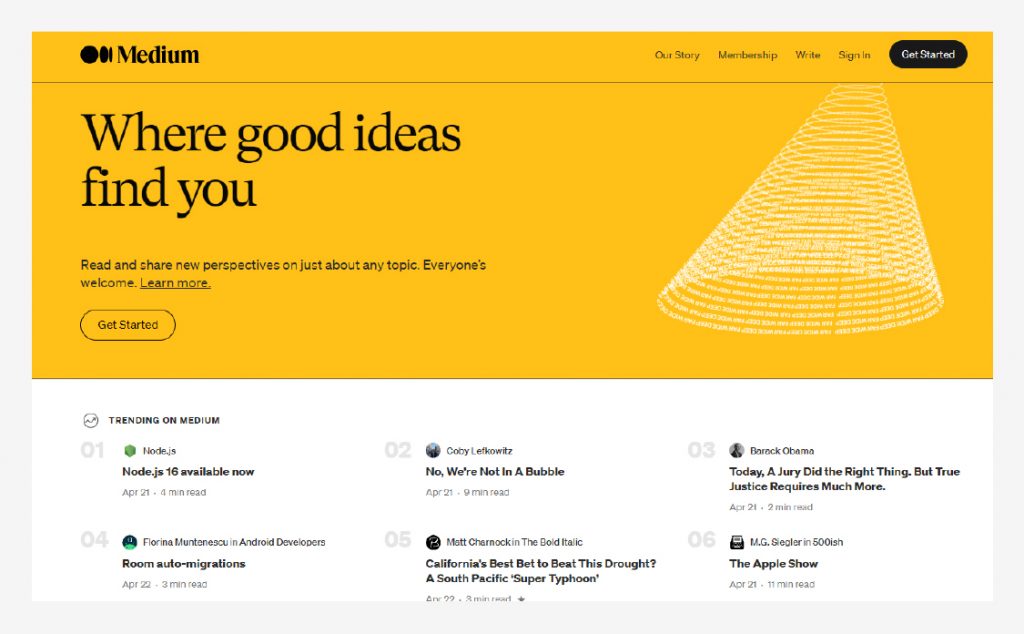
Medium.com is a solid place to publish content to. Chances are, you’ve heard of it. It’s a step above most other Web 2.0 properties, and quite frankly, in some circles if you call this site a Web 2.0 property, you might actually be degrading it.
That’s because Medium.com is a site where professional writers go to find their audience–or rather, in the hopes that their audience finds them.
Medium’s content routinely ranks high in the search engines.
That said, Medium is weary of their platform being used solely for backlinking purposes, and due to their ‘clap’ (voting) system, low-performing content may not get as much visibility.
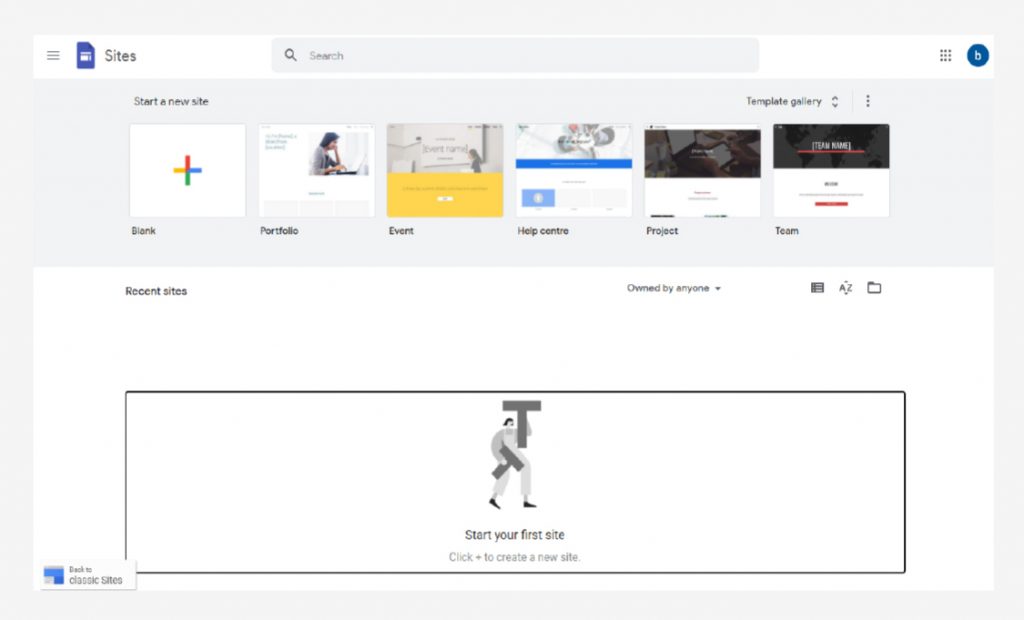
Our testing has found that this is a solid one. (In fact, it’s quite interesting that Google Sites was solid, whereas Blogger/Blogspot, which is also a Google property, didn’t test as well. It’s probably because the Google domain is a lot stronger.)
Anyway, Google Sites is pretty straight-forward. As you’d expect, you can use your Google account to log in, and like Google Drive, you can create things–in this case, a site that’s hosted on the powerful Google domain.
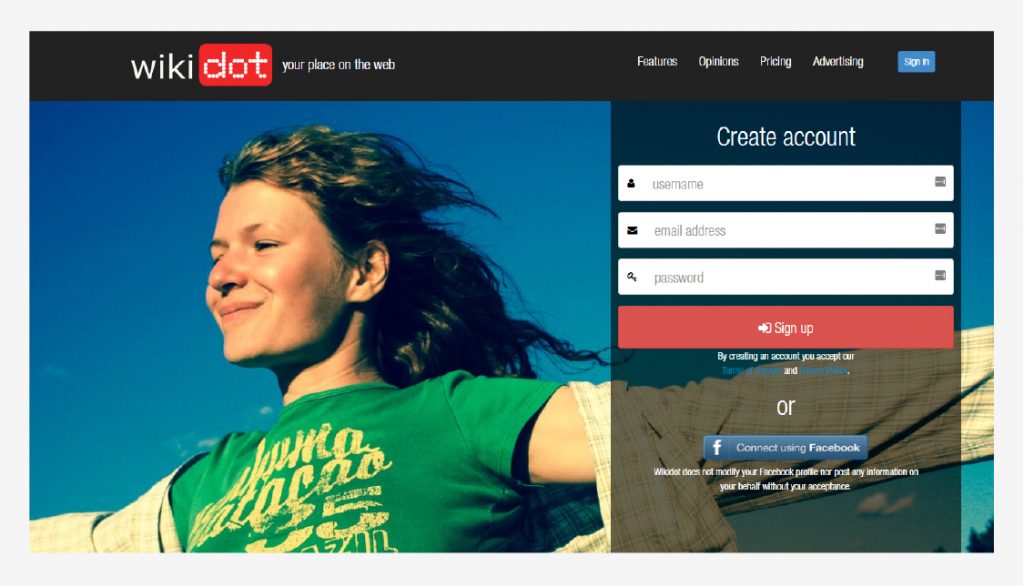
Though there are free and paid options, when we did this test, we paid to post to Wikidot.
Wikidot is, as you’d expect from the wiki portion of the name, a wiki site. In a way, it’s a community- or niche-oriented wiki-building platform.
Academia.edu is a place for publishing academic research papers, so if that’s appropriate for you, then consider doing so.
Issuu is, in a way, a file-sharing site, but it’s more than that. The best way I can describe it is to say that it allows someone to enhance their content with links and monetization options.
It’s meant for use by businesses that have professionally-done documents that they’d like to share, such as product ingredient lists, how-to manuals, and slide demonstrations.
Reddit is a host of thousands of discussion forums that span a variety of topics. It’s not a place to do outright promotion.
Instead, if you find that there are people in your niche who are on Reddit, you can enter into the discussion and perhaps attract people to your offer or business.
Ghost.org, on its home page, says it’s “Made for independent creatives & writers.”
If you’re a creative and want to reach your audience, Ghost.org may be a platform to consider.
One thing to keep in mind is that if a domain (site) becomes overused or abused (spammed by auto-posting software), combined with a severe lack of supervision, then the ranking power of that site tends to diminish.
That seems to have been the case for these following 3:
About.me was more popular a number of years ago, but now…not so much.
From looking through the tests we did, Tumblr blogs may give you mixed results. If you have an audience on Tumblr, or know that a certain segment of your market is there, then feel free to use it. It might not have as much SEO value, but if you can reach people with it, why not?
From a test I reviewed, content we published to LiveJournal didn’t really get indexed in a timely fashion. As I said with Tumblr, if you want to reach your audience, and know that there’s a segment of that audience onLiveJournal, feel free to try to reach them here, regardless of the lack of SEO value.
Blogger (Blogspot) has probably been spammed to death, so if there’s one site on this list that we would discourage using, it’s this one. Our expert, Clint, makes no bones about it: Blogspot is like a bad ex that won’t go away.
Blog.com is probably one to also avoid, or at least not prioritize.
Consider creating a different email address and then set a forwarder so that emails sent to that email address are sent to your main email address.
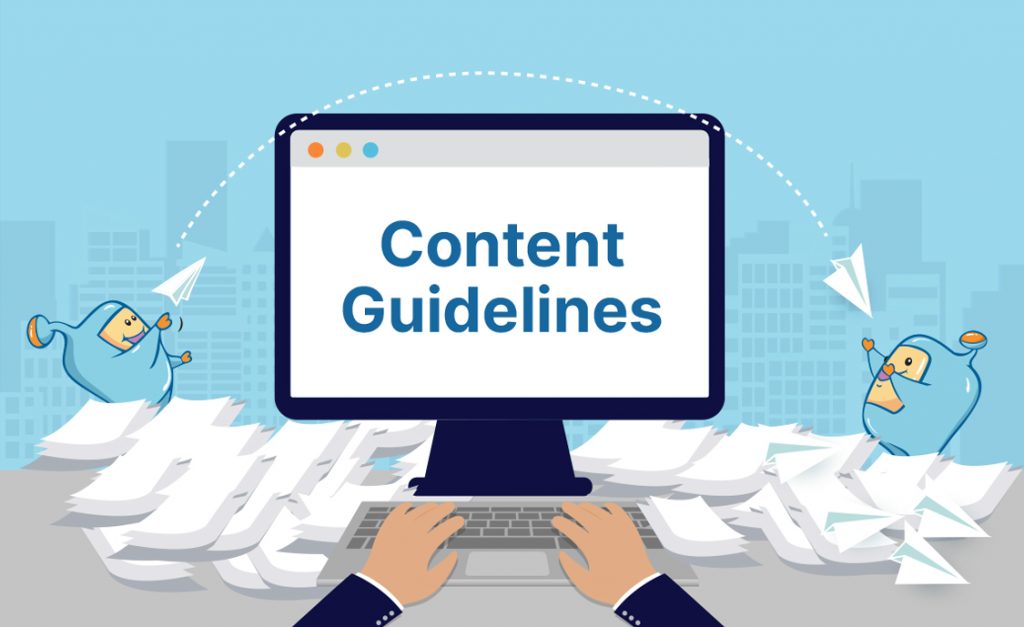
Regardless of whether you’re using Web 2.0 properties for exposure or SEO (or both), you always want your content to be professional and to be high-quality content .
You might be wondering, “But how do I economically publish content on all of these sites?”
Well, remember that there’s no duplicate content per se, but rather, Google may filter duplicate content.
That means that you can more or less have the same content on multiple properties. Just be sure that, if you’re re-publishing content that was originally on your site, you link back to the same content on your site. That way, your site is seen as the original source.
Or, if you can create high-quality, readable spun content, you might want to consider that. That way, there’s a possibility that if you’re trying to rank for very low-competition keywords, a property with your content might rank for a given variation of one of your keywords.
Fundamentally, Web 2.0 properties are no different than most other web platforms: you can publish content on them.
Above, I talked about some content guidelines. What I’ll add is that if you know that a certain segment of your audience is on a Web 2.0 platform (for example, let’s say that there’s a discussion forum on Reddit) then you may wish to monitor that platform and participate in any pertinent discussions.
(But be a bit careful with Reddit, though: don’t just blatantly promote, but rather, seek to answer questions. In your Reddit profile page, you should be able to link to your site.)
Anyway, for these tests, spun content was used. You can use a good article spinner to create variations of content to put on Web 2.0 platforms. Just make sure the content you create is readable and makes sense grammatically.
Not only might you infringe on another’s copyright, but some scraping tools are outdated, and might produce unreadable content.
If your goal is to appear professional, then you should have no intention of using low-quality, robotic ‘filler’ content.
Having about and contact pages, not just on your main site, but on your web 2.0 properties (or sub-properties), are great ways to look more professional. These about and contact pages can also be a source of outbound link to your site.
Relevant content on a strong Web 2.0 blog may have a good chance of ranking, and the added benefit is that members of your audience might find you that way, and click to go to your site.
Completion, in general, is a good thing. By having a professional-looking profile, you appear more…professional.
Try to avoid massive spamming (especially the tools that claim to build hundreds of backlinks to your site in rapid fashion). That’s frowned upon and may actually be a hindrance to your SEO aspirations.
That said, there are some people who use ‘buffer sites,’ or second-tier sites. This is done with the idea that you can build a second-tier site that links to you. Then, you build hundreds or thousands of backlinks to the second-tier site. The hope is that the second-tier site is ‘powered up’ and hence, the link from the second-tier site will be more powerful.
We hope that with this article, you now have a better idea of which web 2.0 platforms are best to add in your backlink profile and which ones to avoid. As I mentioned a couple of times, go for high quality may it be on your on page seo or off page seo. Write quality content that satisfies the intent of your visitors and are worth linking to, go for backlink properties that are high quality backlink sources and that will provide you authority backlinks and relevant backlinks. Avoid spammy backlinks at all cost as this is a waste of time, effort, and resources and can cause a negative effect on your seo rankings. Be wise in how you link also and don’t just use exact match anchors when linking to your money site. Keep these in mind when setting up your seo tactics to get search engine rankings.
In need of more informative content on setting up your SEO strategy for your SEO agency or for your business? Check out our other articles on search optimization. Better yet, join the SIA and get tested SEO information to help you get the lead.
